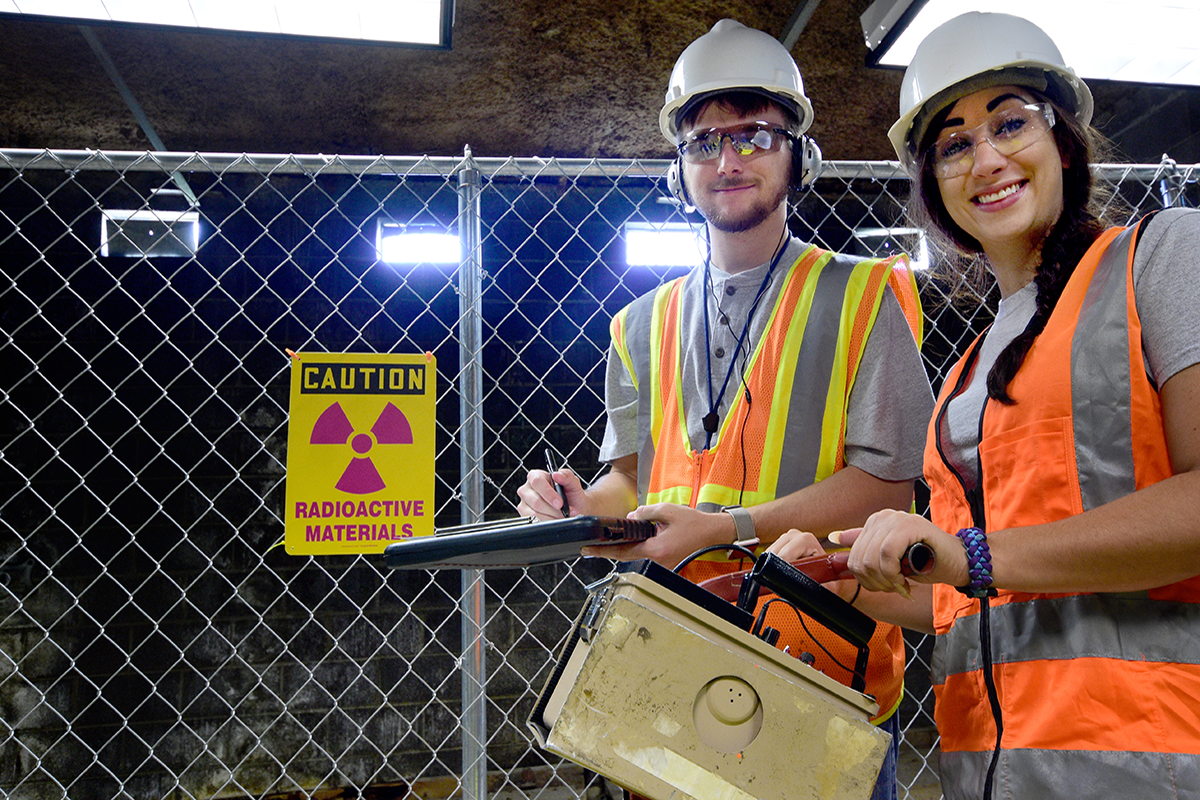Musculoskeletal disorders (MSDs) are injuries or disorders that affect the human body’s movement, including muscles, tendons, ligaments, nerves, discs, and blood vessels. These conditions can result from repetitive strain, poor posture, overexertion, or an injury. Proper identification and treatment of MSDs are crucial for workers across various industries.
Understanding these disorders is particularly important for those undergoing IOSH Courses, as these programs offer insight into workplace safety measures and ways to mitigate risks associated with MSDs. Participants of IOSH Course Online learn how to implement ergonomics, prevent injury, and promote a healthier working environment.
What Are Musculoskeletal Disorders (MSDs)?
MSDs encompass a wide range of conditions that affect the body’s movement. They can result from repetitive motions, sudden exertion, or sustained poor posture. Those taking IOSH Courses will learn how common tasks in various industries can lead to these injuries. Some of the most common MSDs include:
- Carpal Tunnel Syndrome: A condition that results from pressure on the median nerve in the wrist, often caused by repetitive hand movements.
- Tendinitis: Inflammation of the tendons, often caused by repetitive movements or strain.
- Lower Back Pain: A common issue arising from poor posture, lifting heavy objects, or extended periods of sitting or standing.
- Rotator Cuff Injuries: Affecting the shoulder, these injuries often result from repetitive overhead movements or acute trauma.
Understanding these conditions helps participants in IOSH Course Online programs identify risks early and establish prevention strategies.
Risk Factors for Musculoskeletal Disorders
1. Repetitive Movements
Jobs that require repetitive motions, such as typing or assembly line work, can lead to strains and injuries over time. These risks are often highlighted in IOSH Courses, where workers are taught to recognize and mitigate such issues.
2. Poor Posture
Sitting or standing in awkward positions for extended periods places undue strain on the body. Workers and employers who participate in IOSH Course Online are educated on the importance of ergonomics to minimize poor posture-related injuries.
3. Manual Handling
Lifting or moving heavy objects can cause lower back injuries or strain other parts of the body. Learning the correct techniques in IOSH Courses can significantly reduce the risk of injury during manual handling tasks.
4. Workplace Environment
A poorly designed workspace can contribute to MSDs. For example, workstations that aren’t properly adjusted can lead to back, neck, and shoulder problems. IOSH Course Online emphasizes the importance of creating ergonomic work environments to reduce the risk of these disorders.
Signs and Symptoms of Musculoskeletal Disorders
Early detection of MSDs is essential for effective treatment. The following signs and symptoms may indicate an MSD:
- Pain: Persistent pain in the muscles, tendons, or joints that worsens with activity.
- Swelling: Inflammation in affected areas, such as the wrist, shoulder, or knees.
- Limited Range of Motion: Difficulty in moving joints or muscles due to stiffness or pain.
- Weakness: Loss of strength in the affected area, making it challenging to perform tasks.
- Numbness or Tingling: Sensations of numbness or tingling, particularly in the hands or fingers, which can be symptoms of nerve compression, such as carpal tunnel syndrome.
Recognizing these symptoms is critical, and workers who complete IOSH Courses will be trained to identify these signs early, ensuring timely intervention.
Treatment for Musculoskeletal Disorders
1. Rest and Rehabilitation
Rest is one of the most effective treatments for MSDs, as it allows the injured muscles, tendons, or ligaments to heal. Participants in IOSH Courses learn how to promote rest periods and ergonomic changes in the workplace to prevent further injury.
Rehabilitation, including physical therapy, is also essential for recovering from MSDs. Stretching, strengthening exercises, and massages can improve muscle function and reduce pain.
2. Ergonomic Adjustments
Making ergonomic adjustments in the workplace is one of the best preventive measures. IOSH Course Online provides comprehensive training on how to create ergonomic workstations and tools that reduce strain on the body. Simple changes such as adjusting the height of desks, using supportive chairs, and ensuring that workers take regular breaks can significantly reduce the risk of MSDs.
3. Medication
In some cases, over-the-counter pain relievers like ibuprofen or acetaminophen may be used to manage pain and reduce inflammation. For severe cases, prescription medication may be necessary, and workers are encouraged to seek medical advice as part of the safety measures taught in IOSH Courses.
4. Surgical Intervention
For severe or chronic musculoskeletal disorders, surgery may be required. This is often a last resort when other treatments, such as rest, medication, or therapy, fail to relieve symptoms. Understanding when to escalate a case to medical professionals is a key lesson taught in IOSH Course Online programs.
Preventing Musculoskeletal Disorders
Prevention is always better than cure, and one of the main goals of IOSH Courses is to educate workers and employers on how to prevent MSDs from occurring in the first place.
1. Ergonomic Workplace Design
A well-designed workplace is key to preventing MSDs. This includes adjustable desks, supportive chairs, and tools that are designed to minimize strain. IOSH Course Online offers detailed guidelines on how to assess and redesign workspaces to ensure they are ergonomically sound.
2. Proper Lifting Techniques
Incorrect lifting techniques are a leading cause of back injuries. IOSH Courses teach workers how to lift properly by bending the knees, keeping the back straight, and using the legs to lift instead of the back. These techniques significantly reduce the risk of lower back pain.
3. Regular Breaks
Taking regular breaks, especially from repetitive tasks, helps prevent strain and fatigue. IOSH Course Online emphasizes the importance of structured breaks to allow muscles to rest and recover.
4. Physical Conditioning
Encouraging workers to stay fit and strong can help prevent injuries. Regular exercise, particularly strength training and stretching, is key to maintaining muscle health and preventing strain. Participants of IOSH Courses are often encouraged to integrate wellness programs that promote physical activity.
The Role of IOSH in Managing Musculoskeletal Disorders
IOSH Courses play a crucial role in educating workers and employers on how to identify, treat, and prevent musculoskeletal disorders in the workplace. These courses provide practical solutions and guidelines that can be implemented across various industries.
By completing IOSH Course Online, participants are equipped with the knowledge to:
- Recognize the early signs of musculoskeletal disorders.
- Implement ergonomic solutions in the workplace.
- Promote a culture of safety and wellness.
- Ensure compliance with safety regulations and guidelines.
Conclusion
Musculoskeletal disorders are a serious concern in many industries, affecting workers’ health, productivity, and quality of life. Proper identification and treatment, combined with preventive measures, are essential to minimizing the risks associated with MSDs. IOSH Courses offer invaluable training in these areas, ensuring that workers are not only safe but also proactive in preventing workplace injuries.
By enrolling in an IOSH Course Online, employers and employees alike can develop the skills necessary to create a safer, healthier work environment that reduces the likelihood of MSDs and promotes overall well-being.


